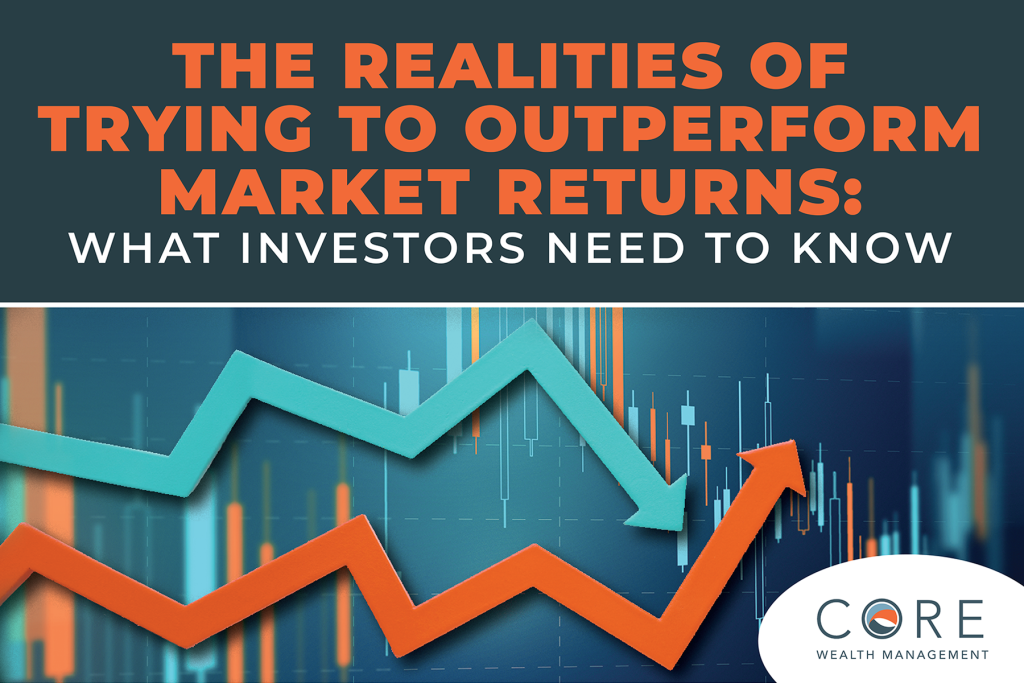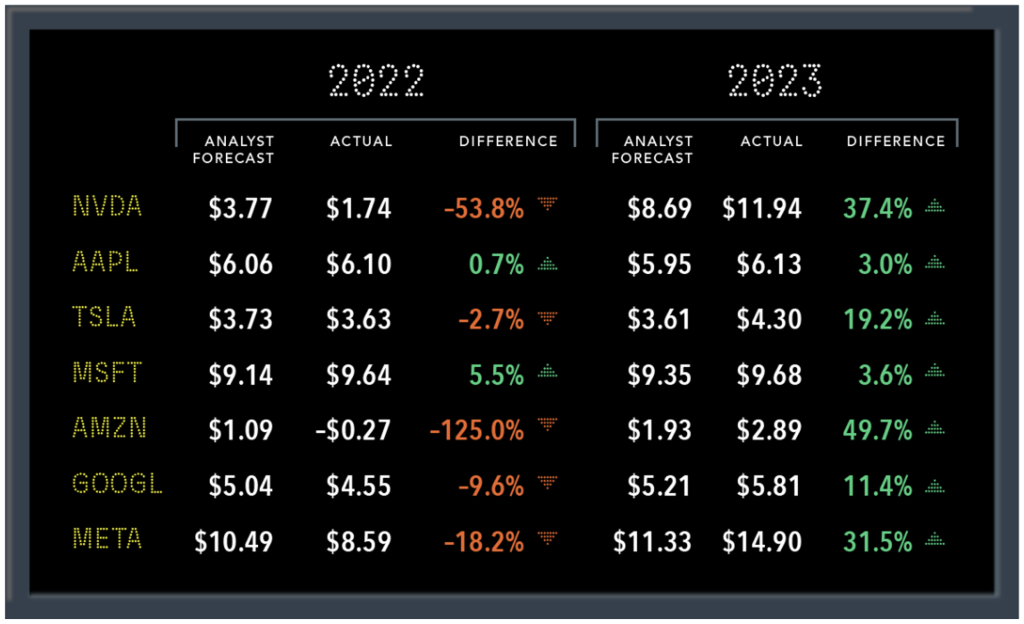
There are many approaches when it comes to investing. At one end of the spectrum is passive investing. Passive investors believe that because markets are basically efficient, it is extremely difficult to outperform the markets over time, especially after fees and costs are taken into account. Therefore, rather than try to beat the market, own the market. On the opposite end of the spectrum is active investing. Active investors believe that through research and analysis, they can identify what and when to buy and sell, and as a result, outperform the market.
However, decades of evidence show that it is very difficult, if not impossible, to outperform the market over time.
Understanding Market Pricing
The price of an equity at any given time is the reflection of the real-time trades between buyers and sellers. The price you see online or on T.V. is the most recent sale/purchase price.
Outguessing the Market?
One approach active investors take is to take into account all available information to arrive at a projection for future earnings. Professional analysts and the firms they work for spend millions of dollars on software, salaries, and research reports to arrive at their best guess/prediction. This analysis is then used to make investment decisions to manage mutual funds or individual portfolios for investors, often for a significant fee. But is the fee worth it?
The chart below shows the average forecasts for 7 companies. As you can see, the analysts are attempting to forecast the earnings of these companies, and they are missing widely.

Source: FactSet for earnings per share and returns for the Magnificent 7 (Alphabet, Amazon, Apple, Meta, Microsoft, Nvidia, Tesla). Actual earnings are those reported for the fiscal year ending the year indicated. Expected earnings are the average analyst forecast at the start of the fiscal year.
Forecasting earnings is one of many strategies analysts use in attempts to identify pricing mistakes; there has been substantial research that these strategies do not provide consistent success in equity selection, timing decisions and ultimate outperformance. Consider that of the 2,860 domestic mutual funds in 2004, only 18% of them outperformed their benchmark, or the market. When you factor in the high costs associated with such a strategy, consistent outperformance becomes virtually impossible.
As advisors, we are tasked to help clients construct investment portfolios that will support their financial goals and be aligned with their appetite for risk. Timing the market, predicting performance and seeking to capitalize on pricing mistakes is not the foundation of a solid investment strategy. Because markets are efficient enough, focus on what can be controlled: broad diversification, keeping costs low and investing tax efficiently. Attempting to outperform the market is not a sound investment strategy.
